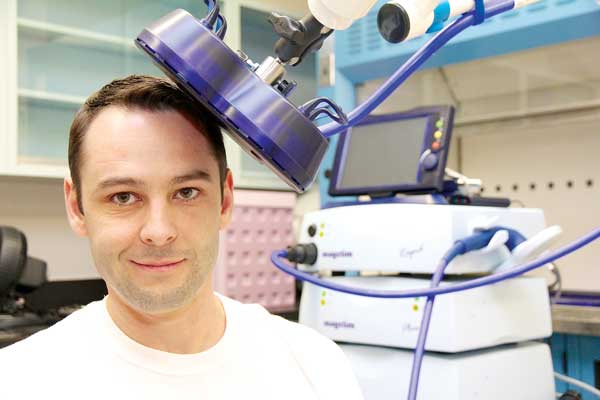
Living in our modern environment implies that we are constantly subjected to various types of electromagnetic exposures coming from artificial sources, such as mobile phones or power-lines. As a consequence, the question of possible biological effects of this type of exposure arises, and international organizations such as ICNIRPR (International Commission on Non-Ionizing Radiation Protection) and IEEE-ICES (Institute of Electrical and Electronics Engineers – International Committee on Electromagnetic Safety) are responsible for issuing limits and recommendations to ensure public health and worker safety. In the context of the so-called Extremely Low Frequencies (ELF<300 Hz – including electricity production and distribution frequencies), the time-varying magnetic field from the exposure has the property of inducing electric fields and currents within biological structures, which leads to potential biological effects mainly targeting neuronal functions. Therefore, in this frequency range, limits and recommendations are based on the exposure threshold at which acute effects are observed on synaptic communication in humans, hence resulting in modulated functional outcomes. Our team in London (Canada) is working since 2005 towards establishing these thresholds through the study of magnetically induced motor modulations (tremor, postural stability), visual perceptions (called magnetophosphenes), and functional brain activity changes. The presentation will give an overview of these studies, and discuss their implications as well as possible supra-threshold applications of this low frequency magnetic stimulation.

